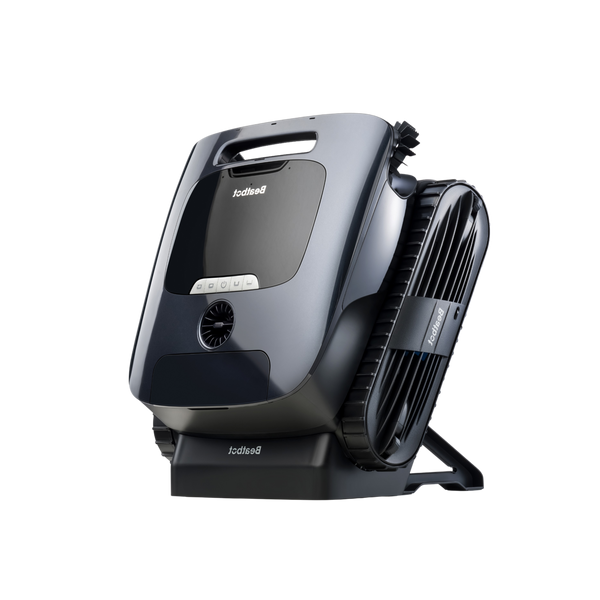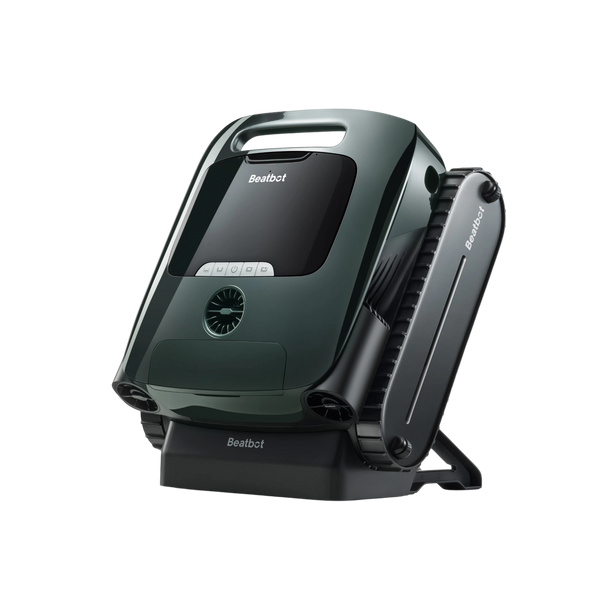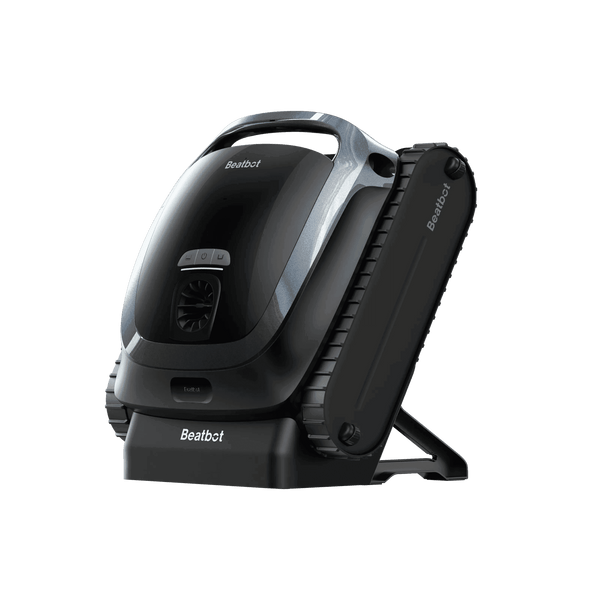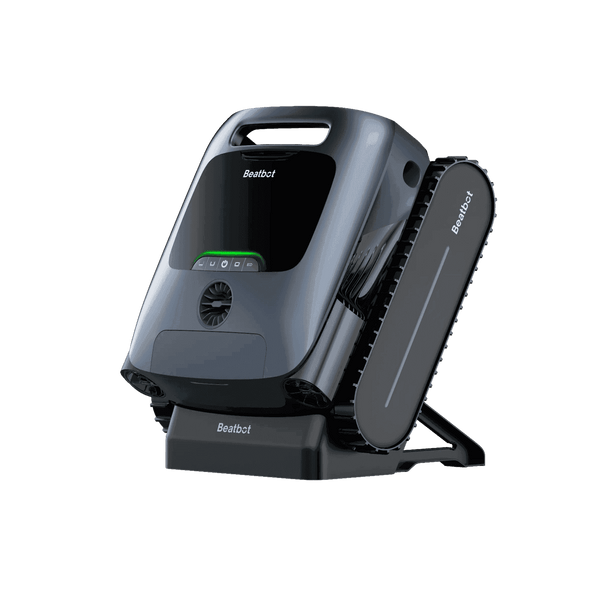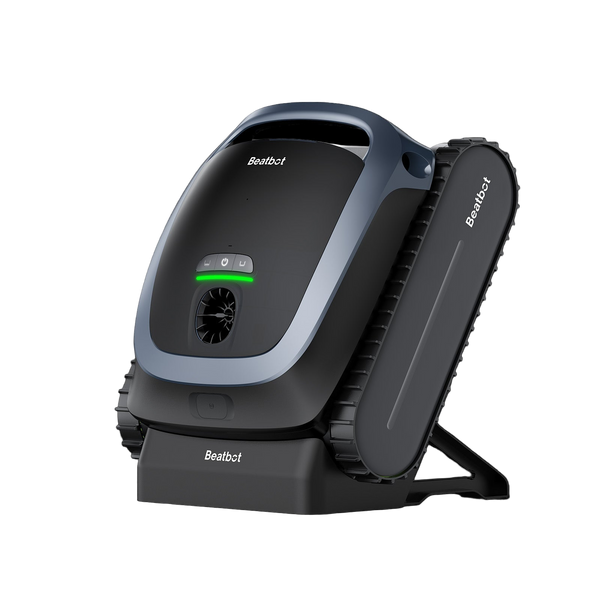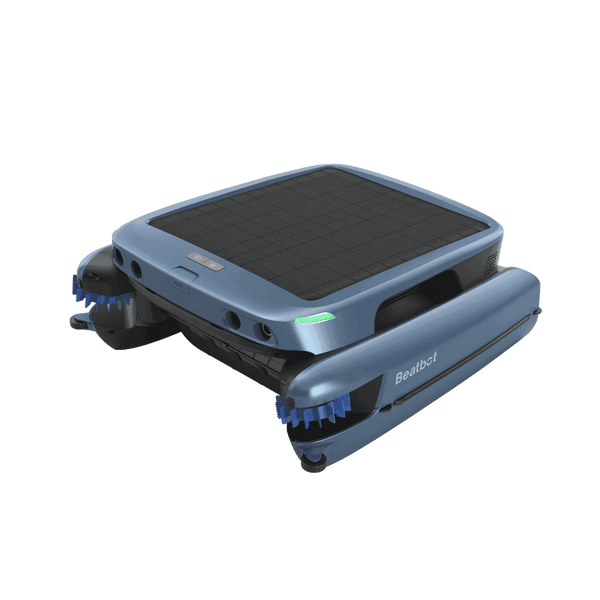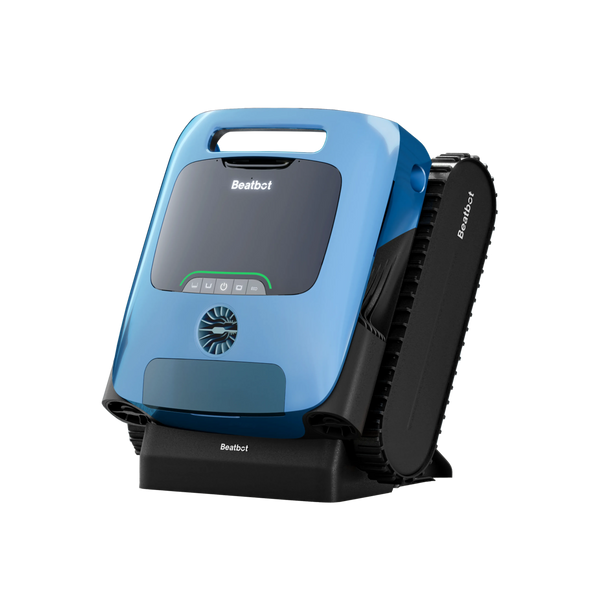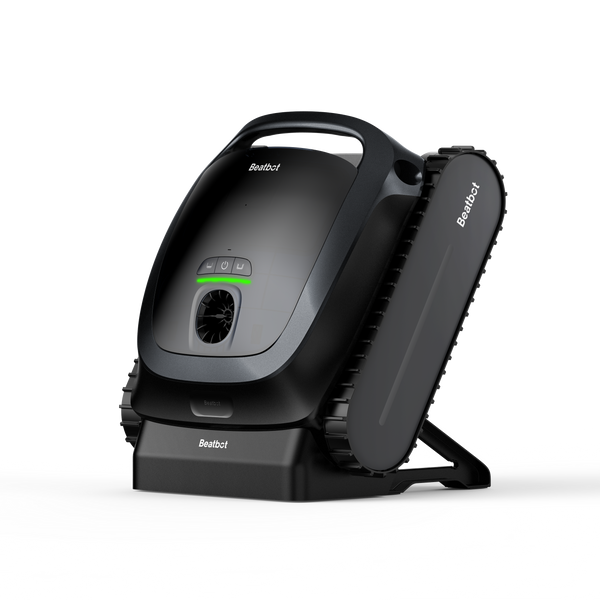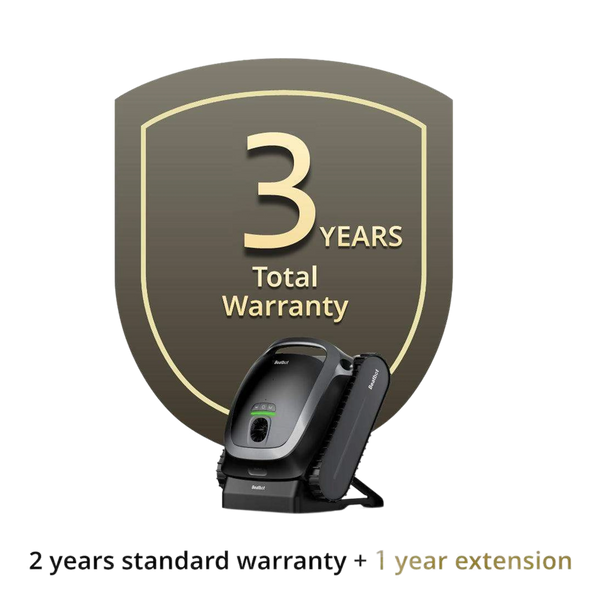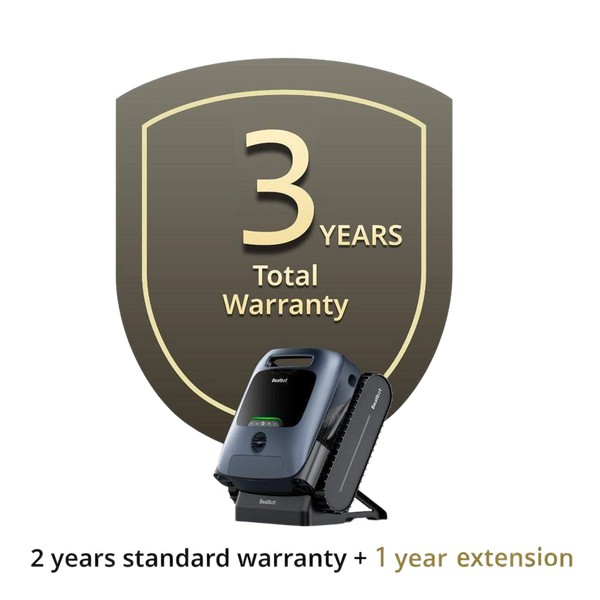When Heat Gets Dirty: The Challenges of Hot Pool Cleaners
Summer is the perfect time to enjoy the pool, but it's also the most critical period for pool maintenance. High temperatures and ultraviolet rays accelerate the consumption of pool chemicals, leading to water quality issues and algae growth. Therefore, understanding how to maintain your pool during heatwaves is essential. This article will provide you with a comprehensive pool maintenance guide and introduce how to use effective cleaning tools like robotic pool cleaners to make the cleaning process easier.
Table of content

Preventing and Solving Common Issues
Chlorine Loss
Summer sunlight quickly consumes chlorine in the pool. Regularly test the pool water and maintain appropriate chlorine levels to combat algae growth.
Algae Bloom
Heatwaves create perfect conditions for algae reproduction. Shock the pool and maintain proper chemical balance to deal with and prevent algae growth.
Water Evaporation
During heatwaves, the evaporation of water in the pool can be significant. Use solar blankets or liquid solar covers to minimize evaporation and save water.
Filter Clogging
Higher temperatures mean increased pool usage, which means more debris and organic matter in the pool. As a result, the pool filter works harder and is more prone to clogging. Clean or backwash the filter more frequently during hot weather to maintain optimal filtration.
Why is Filter Capacity Vital in a Pool Cleaner, Especially for Pools Near Trees?
Filter capacity plays a crucial role in the efficiency of a pool cleaner, particularly in areas abundant with trees. When your pool resides in such a location, it tends to accumulate a significant amount of leaves and debris. This can be a cumbersome chore, demanding frequent cleaning sessions if the filter capacity isn't up to par.
Key Advantages of High Filter Capacity:
Reduced Maintenance : A larger filter can hold more debris, minimizing interruptions. Instead of having to pause your activities to repeatedly clear the filter, you can enjoy extended cleaning periods.
Improved Efficiency : Larger capacity means the cleaner can operate optimally without straining as it tries to manage excessive waste. This ensures your pool remains pristine without constant intervention.
Convenience : The ability to capture more leaves and debris in a single cycle means less manual cleanup and more time enjoying your pool.
Thus, choosing a cleaner with a high-capacity filter is not just a matter of preference but a necessity for pool owners surrounded by foliage. It transforms maintenance from a relentless task into a seamless experience.
Equipment Overheating
Summer heat puts pressure on pool equipment like pumps and motors. Overheating can lead to equipment failure and affect the normal operation of the pool. Ensure your equipment is well protected, avoid direct sunlight, and ensure good ventilation.
Structural Issues
Long-term exposure to high temperatures can put pressure on the pool structure. Regularly inspect the pool for any signs of damage, such as obvious cracks or leaks.
How to Clean and Maintain Your Hot Water Pool
Regular Water Quality Testing
In hot weather, the chemical composition of pool water changes rapidly. Use a home test kit or test strips to check the pH, chlorine levels, and overall chemical properties of the pool water daily. The ideal pool water pH should be between 7.2 and 7.6, with chlorine levels maintained at 1 to 3 ppm. This helps to resist bacterial growth while reducing the degradation of chlorine by ultraviolet rays.
Daily Cleaning
Develop the habit of cleaning the pool surface daily, removing leaves, insects, and other floating debris. Regularly scrub the pool walls and floor to prevent algae growth and maintain clear water.
Frequent Vacuuming
During heatwaves, vacuum the pool surface more frequently. Many algae strains first form on the surface.
Shock Treatment
Prepare additional shock treatments when chlorine levels drop or the pool is overused. Even if chlorine levels are appropriate, high temperatures can lead to increased bacterial and algae growth. If you notice any algae, turbidity, or a strong chlorine odor, it's time to shock the pool.
Extending Pump Operation Time
To maintain water circulation and filtration, run the pool pump for extended periods during heatwaves. Increased usage and higher temperatures require more effective filtration to keep the water clean and clear.
Using a Robotic Pool Cleaner for Efficiency
Robotic pool cleaners like the Beatbot AquaSense Pro are ideal for summer pool maintenance. These robots use advanced navigation systems to precisely clean every corner of the pool. They can clean the floor, clarify the water, and handle the waterline, walls, and even the water surface.
Why Waterline Cleaning Matters
The waterline, often referred to as the tileline, is a critical area where debris, algae, and bacteria can thrive if not regularly cleaned. Ignoring this area can lead to unsightly build-up, defeating the purpose of investing in a pool robot.
To effectively clean the waterline, robots must be equipped with specialized software, sensors, and motors. This ensures they can tackle the area just above and below the tileline with precision. It's important to note that many lower-priced robots, typically those under $1000, lack the capability to clean the waterline efficiently.
When choosing a pool robot, ensure it explicitly mentions "waterline cleaning" alongside standard wall cleaning features. Otherwise, you'll find yourself scrubbing the waterline manually, which can be a labor-intensive task. Embracing this feature not only saves time but also maintains the pristine condition of your pool with minimal effort on your part.
When evaluating the performance of robotic pool cleaners, several key features are put to the test:
Debris Collection Efficiency : We assess how well each cleaner picks up various types of debris, including leaves, dirt, and even acorns.
Wall-Climbing Ability : A crucial aspect is the robot's capability to climb pool walls and reach the waterline, ensuring a comprehensive clean.
Filter Maintenance : The ease with which the filters can be cleaned is reviewed to ensure hassle-free maintenance for users.
Cord Management : The design and functionality of the power cord are tested to prevent tangling, even after multiple cleaning cycles.
The top performers excel in all these areas, offering thorough cleaning with minimal effort from the user.

Key Factors to Consider When Buying a Robotic Pool Cleaner
Investing in a robotic pool cleaner can save time and effort. However, choosing the right model requires careful consideration of several essential factors:
1. Power Source
- Corded vs. Cordless : A corded cleaner offers uninterrupted operation since it doesn't rely on battery life. This means no frequent recharging and consistent cleaning.
2. Automation Features
- Smart Timers : Look for models that feature a programmable timer. This allows the cleaner to automatically operate on a schedule, providing convenience by ensuring your pool is clean with minimal effort.
3. Motor Quality
- Commercial-Grade Motors : Opting for a cleaner with a robust motor can extend the device's lifespan and enhance its cleaning performance. Powerful motors ensure more thorough cleaning sessions.
4. Filtration System
- Advanced Filtration : Avoid models that only offer basic mesh filters, as these may not effectively capture finer debris. Instead, seek out options with advanced filters like NanoFilters that are designed to trap the smallest particles.
By carefully evaluating these factors, pool owners can select a robotic pool cleaner that meets their needs for durability, efficiency, and cleaning effectiveness.
Conclusion
By proactive maintenance and timely repairs, you can enjoy a refreshing pool all summer long. Regularly test the water's chemical properties, maintain appropriate chlorine levels, and address any new issues promptly. By staying vigilant and taking necessary measures to resolve common pool problems, you can make the most of your pool during the hot summer heatwaves.
Relative Blogs
About the author
